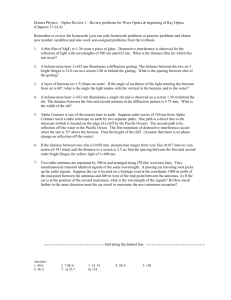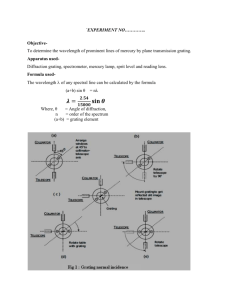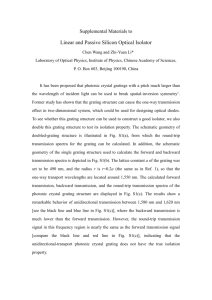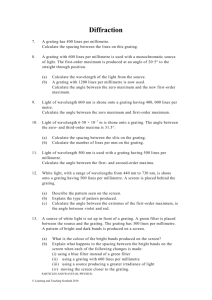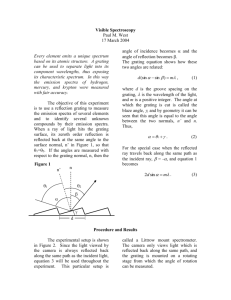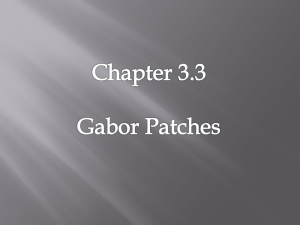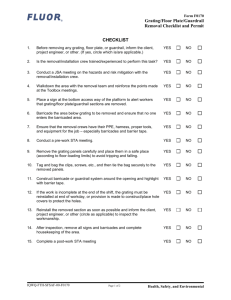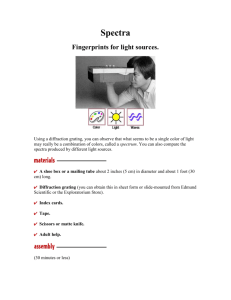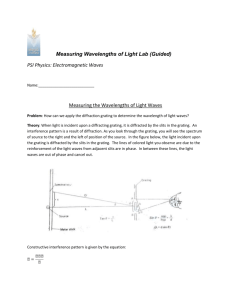iSHELL_PDR_Comments_Jaffe
advertisement
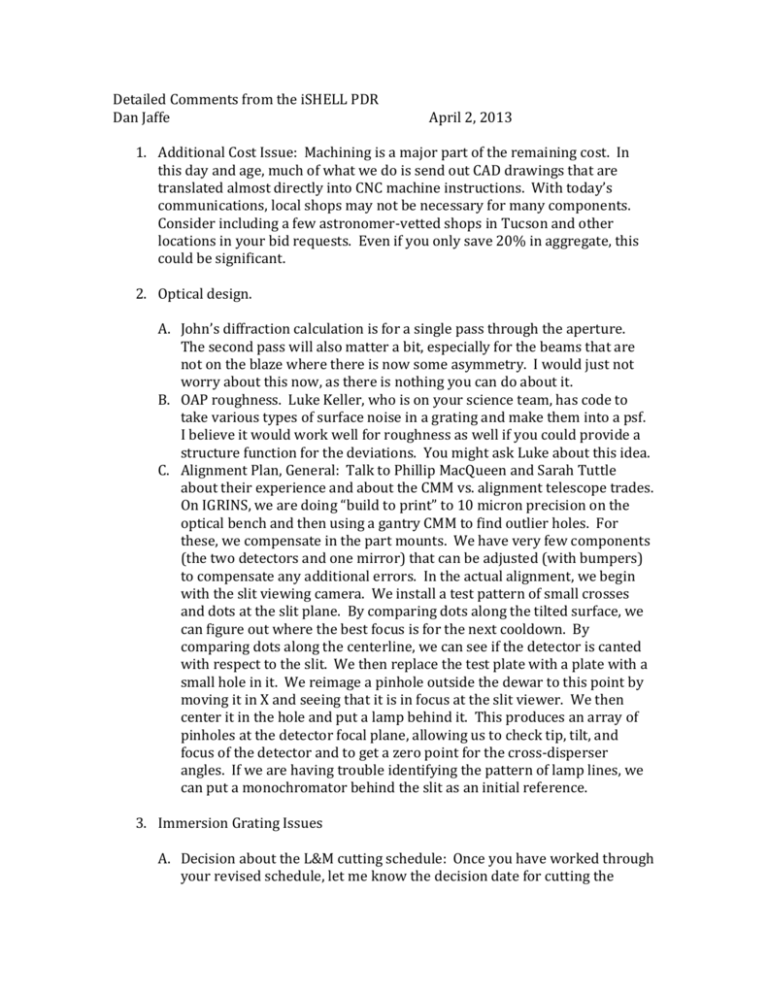
Detailed Comments from the iSHELL PDR Dan Jaffe April 2, 2013 1. Additional Cost Issue: Machining is a major part of the remaining cost. In this day and age, much of what we do is send out CAD drawings that are translated almost directly into CNC machine instructions. With today’s communications, local shops may not be necessary for many components. Consider including a few astronomer-vetted shops in Tucson and other locations in your bid requests. Even if you only save 20% in aggregate, this could be significant. 2. Optical design. A. John’s diffraction calculation is for a single pass through the aperture. The second pass will also matter a bit, especially for the beams that are not on the blaze where there is now some asymmetry. I would just not worry about this now, as there is nothing you can do about it. B. OAP roughness. Luke Keller, who is on your science team, has code to take various types of surface noise in a grating and make them into a psf. I believe it would work well for roughness as well if you could provide a structure function for the deviations. You might ask Luke about this idea. C. Alignment Plan, General: Talk to Phillip MacQueen and Sarah Tuttle about their experience and about the CMM vs. alignment telescope trades. On IGRINS, we are doing “build to print” to 10 micron precision on the optical bench and then using a gantry CMM to find outlier holes. For these, we compensate in the part mounts. We have very few components (the two detectors and one mirror) that can be adjusted (with bumpers) to compensate any additional errors. In the actual alignment, we begin with the slit viewing camera. We install a test pattern of small crosses and dots at the slit plane. By comparing dots along the tilted surface, we can figure out where the best focus is for the next cooldown. By comparing dots along the centerline, we can see if the detector is canted with respect to the slit. We then replace the test plate with a plate with a small hole in it. We reimage a pinhole outside the dewar to this point by moving it in X and seeing that it is in focus at the slit viewer. We then center it in the hole and put a lamp behind it. This produces an array of pinholes at the detector focal plane, allowing us to check tip, tilt, and focus of the detector and to get a zero point for the cross-disperser angles. If we are having trouble identifying the pattern of lamp lines, we can put a monochromator behind the slit as an initial reference. 3. Immersion Grating Issues A. Decision about the L&M cutting schedule: Once you have worked through your revised schedule, let me know the decision date for cutting the B. C. D. E. existing LM grating. Please ask for updates on regular progress with the contacting setup. Making an L&M grating with the E-beam system. This is not in our current plan for the APRA grant. We would need support for the beam time and possibly also for the UT labor for this. We could furnish the substrate at no cost. Cutting risks: The only way to mitigate this is to send Michael or Cindy to New Mexico for a day or two. If the cutting is done on my nickel (the current plan for JHK), I will cover the travel. For L&M, which could happen after the APRA grant expires, we would need this covered. We will try to get to the cutting of the contacted L&M grating before the grant expires. We could then cover the travel but not the cost of the cutting for this one. Immersion Grating mount drawings. You need to allow for both tip and tilt of the front face. We have the thermal isolation at a different point. I will ask Insoo Yuk to send you the drawings. Aligning the immersion grating. The cross dispersion angle carries the uncertainty of the side wall, as transferred from the reference flat on the boule, the clocking uncertainty of the patterning, and twice the uncertainty in the tip angle of the front face. Our plan is to provide a physical reference for this angle by combining optical and CMM techniques. We do the test at optical wavelengths, using the back surface of the grating with the grating mounted on a rotation stage. We define a reference line by sending a HeNe beam through two pinholes spaced out by a meter or so on an optical bench. These can be tied to the physical coordinates by placing reference balls in other holes along the same line or by touching up on the pinholes themselves (if possible) with the CMM. You then retroreflect the dispersed orders back to the laser. You measure the angle between reference line and the side of the grating you are using as a reference in your mount. Now you turn the grating around so the entrance face points at the beam. You retroreflect the entrance face reflection to the HeNe and measure the angle of the reference surface on the piece. Now you can get the angle between the entrance face and the grooves. The blaze angle is also uncertain. We will roughly determine it before installation by using a collimated beam, a filter at 1.2 microns that lets through 5-10 orders, and an InGaAs camera. You can probably find the blaze with multiple cooldowns instead. 4. Management: If iSHELL were being build at UT, I would be very concerned about the amount of skilled and unskilled effort needed to carry out the purchasing of the optical components. Between the phone tag with the vendors as you try to find out what they really can do, the sole source justifications, and the comparables, it can take a great deal of time of someone who actually knows what they are doing. I don’t really see who on the project can manage to do this.

